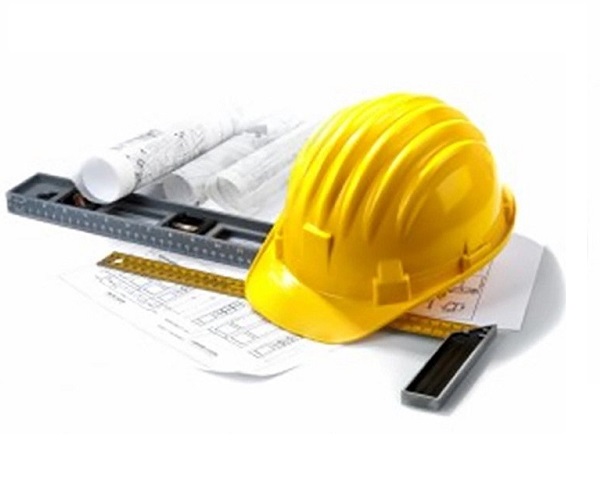Price: $150.00
USACE-40-Hour-EM-385-1-1
In the dynamic world of construction, safety isn't just a priority, it's a prerequisite. With each project, the well-being of every worker is paramount, driving the need for rigorous safety training and certification. Enter EM 385-1-1, the gold standard in safety and health requirements for government contracts. At its core lies a commitment to safeguarding lives, ensuring compliance, and elevating industry standards. Are you ready to embark on a journey towards mastery? Let's explore how our EM 385-1-1 certification course can equip you with the essential skills and knowledge to excel in your career.
Course Modules - (50)
Assume this: You're on a bustling construction site, confidently navigating through tasks while ensuring the safety of your team. Your expertise not only earns you respect but also opens doors to lucrative government contracts. This isn't just a dream—it's the reality for those who invest in EM 385-1-1 certification. Don't wait for opportunities to pass you by. Enroll in our course today and unlock the key to a safer, more prosperous future in construction.
What Our Course Offers:
Our EM 385-1-1 certification course is more than just a training program, it's a pathway to success. Here's what you can expect:
Comprehensive Curriculum: Dive into 37 modules covering essential safety and health requirements outlined in the EM 385-1-1 manual. From accident prevention plans to job site inspections, our course leaves no stone unturned.
Flexible Learning: Learn at your own pace with our user-friendly online platform. Access modules anytime, anywhere, and progress through the course at a speed that suits your schedule.
Interactive Quizzes: Reinforce your understanding with quizzes at the end of each module. With unlimited attempts permitted, you can master each concept with confidence.
Final Exam: Cap off your training with a 25-question final exam, designed to test your knowledge and comprehension. Achieve a minimum score of 70% and earn your official completion certificate.
Learning Outcomes:
- Understand safety protocols in the workplace.
- Recognize potential hazards and mitigate risks.
Completion Requirements:
- 100% appearance for the course
- Fully involvement in all class trainings (determined by instructor)
- Completion of Continuing Education and Training Registration Form
- Completion of mandatory quiz assessments
- As applicable, attainment of least passing score on required end-of-course examination
- Participation and submittal of end-of-course assessment form (must provide name on form to obtain credit)
Students may request IACET CEU credit upon successful completion of the course, provided all required criteria are met. This option is available for those who wish to receive official recognition of their continuing education.
Online OSHA classes tend to be more cost-effective than in-person courses. You can save on travel expenses, lodging, and other associated costs, making online training a more budget-friendly option. Additionally, online courses can often be completed more quickly than their in-person counterparts, as you can work through the material at your own pace and without the constraints of a fixed class schedule.


